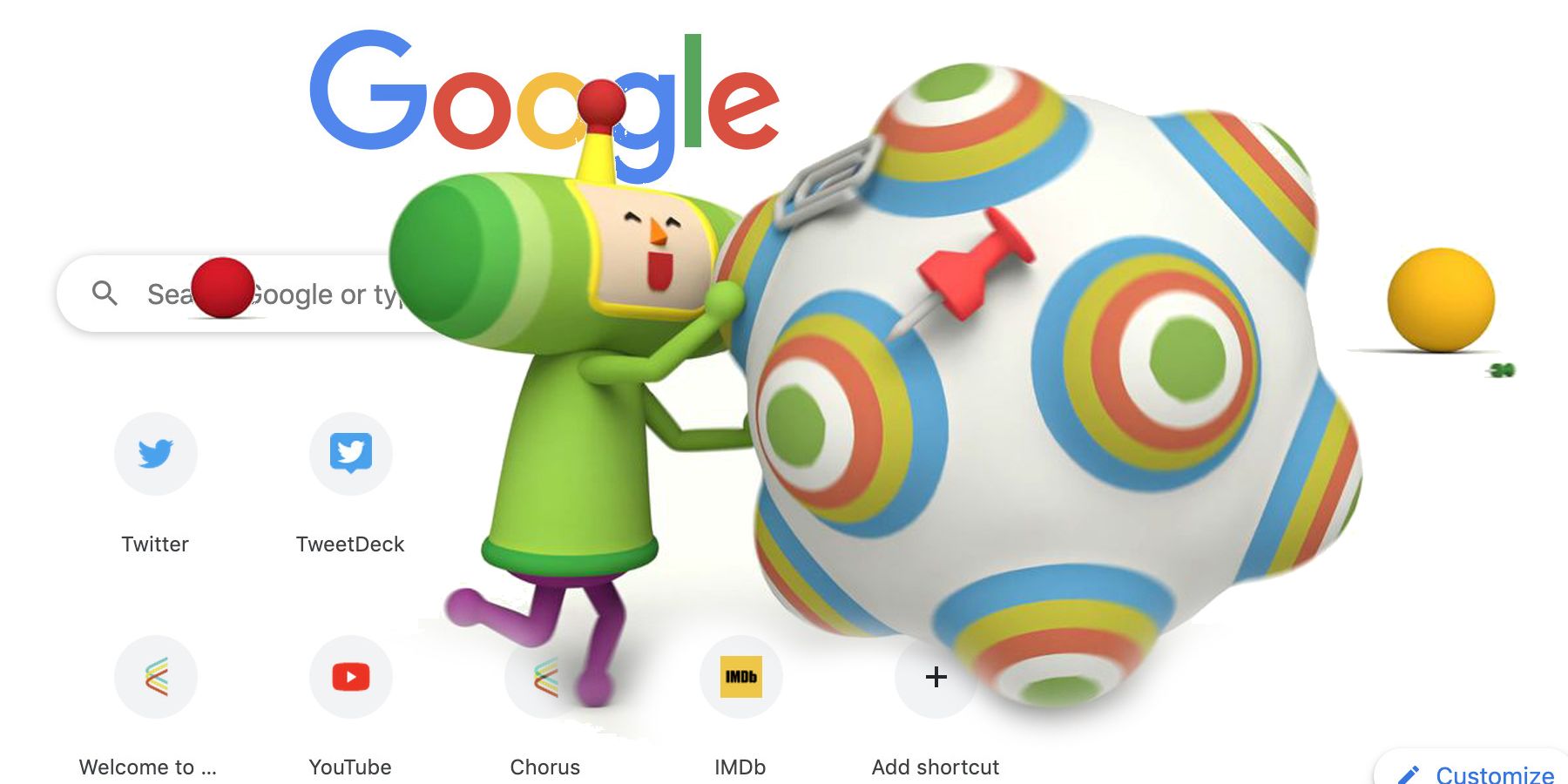
Exploring Google's New 'How Search Works' Episode on Web Crawling

Delve into the intricacies of Google's search engine crawling process in their latest educational video series installment.
Unveiling the Mysteries of Google's Web Crawling
In a recent release of Google's educational video series titled 'How Search Works,' the tech giant provides a comprehensive overview of how its search engine navigates the vast expanse of the internet through the art of crawling. Led by Google Analyst Gary Illyes, the episode delves deep into the technical intricacies of Googlebot, the software responsible for scouring the digital landscape for new and updated content.
Illyes elucidates the meticulous steps undertaken by Googlebot in its quest to unearth fresh URLs across the countless webpages that populate the online realm. He sheds light on the ingenious process through which Googlebot identifies new content, primarily through the interconnected web of known pages that have been previously explored by Google's digital spiders.
The Ingenious Dance of Googlebot and URL Discovery
At the heart of Google's crawling mechanism lies the art of URL discovery, where Googlebot embarks on a journey of following links from established webpages to unearth hidden gems of content waiting to be indexed. This nuanced process ensures that Googlebot treads lightly, customizing its crawling speed for each site based on factors like server responsiveness and content quality.
To ensure a seamless browsing experience, Googlebot leverages the power of the Chrome browser to render pages, executing JavaScript and showcasing dynamic content with finesse. It meticulously sifts through publicly accessible pages, steering clear of the labyrinthine realms shielded behind login walls.
Elevating Discovery and Crawlability
Illyes champions the strategic use of sitemaps, those XML marvels that act as guiding beacons for Google's search engine, leading it to new content waiting to be explored. His advice to developers resonates with the call for automated sitemap generation within content management systems, streamlining the process of content discovery.
Beyond sitemaps, the path to enhanced crawlability is paved with technical SEO prowess. By optimizing site architecture, enhancing speed, and deploying effective crawl directives, websites can beckon Googlebot with open arms, inviting it to explore every nook and cranny of their digital domain.
Nurturing a Crawl-Friendly Environment
To foster a harmonious relationship with Googlebot and ensure a smooth crawling experience, websites must adhere to a set of best practices. From avoiding crawl budget exhaustion through prudent CMS configuration to implementing robust internal linking structures that guide Googlebot to new URLs, the key lies in creating a digital ecosystem that is conducive to effortless exploration.
Furthermore, the quest for faster crawling speeds beckons website owners to optimize their pages for performance, eliminating any roadblocks that may impede Googlebot's journey through the digital landscape. By addressing soft 404 errors, fine-tuning robots.txt directives, and embracing a culture of continuous improvement, websites can pave the way for a seamless crawling experience.
A Glimpse into Google's Educational Endeavors
The unveiling of this latest episode on crawling marks another milestone in Google's educational voyage through the intricate workings of search engines. As the 'How Search Works' series continues to illuminate the path towards search and indexing enlightenment, viewers are treated to a behind-the-scenes glimpse into the fundamental operations that power Google's search engine.
Looking ahead, Google promises a treasure trove of forthcoming episodes that will delve into the realms of indexing, quality evaluation, and search refinements, offering enthusiasts an immersive journey into the realm of digital discovery.
For those eager to embark on this educational odyssey, the series awaits on the Google Search Central YouTube channel, beckoning curious minds to unravel the mysteries of search engine optimization and beyond.











